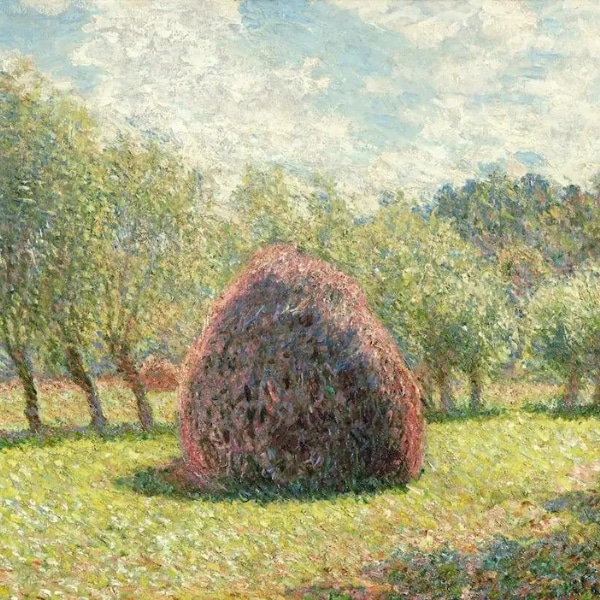A submerged island in Chongqing, China, and a trio of Buddhist statues resurfaced due to plunging water levels on the Yangtze River https://t.co/XmkCqh1ofq pic.twitter.com/CP1rnHYVQD
— Reuters (@Reuters) August 21, 2022
It's no secret that the world is getting hotter. With climate change comes many negative consequences, including drought. Summer 2022 has been particularly dry for some regions. As waters of rivers and reservoirs recede, long obscured archeological and historical treasures are emerging. Among these are a trio of 600-year-old Buddhist statues previously submerged on an island reef in the Yangtze River known as Foyeliang, near the Chinese city of Chongqing.
The island reef was constructed sometime in the Ming and Qing dynasties. One of the three statues depicts a monk calmly meditating on a lotus petal. Lotuses are important Buddhist symbols. These water-growing plants represent the journey towards enlightenment or spiritual awakening.
These stunning statues had long been submerged underneath the magnificent, winding Yangtze River. However, since July, the Yangtze basin has seen 45% less rain than usual and, as a result, 66 rivers have dried up in Chongqing. The Yangtze's water level has fallen rapidly as the heat surged with temperatures reaching 104°F. China as a country is experiencing its worst drought on record. As high temperatures and low rain levels continue around the world, unseen sights such as sunken World War II ships and other surprises continue to emerge.
As China experiences a brutal drought, water levels on the Yangtze River have fallen to expose a trio of 600-year-old Buddhist statues.

The stunning Yangtze River in China. (Photo: Chen Hualin via Wikimedia Commons, CC BY-SA 3.0)
h/t: [Reuters]
Related Articles:
Scientists in China Discover Lush Forest Growing in a 630-Foot Sinkhole
Travel Photographer Uses a Drone To Explore China’s Diverse Landscape From Above
Scientists Discover the Oldest Peltoperleidus “Bony Fish” Fossil Ever in China






















































































